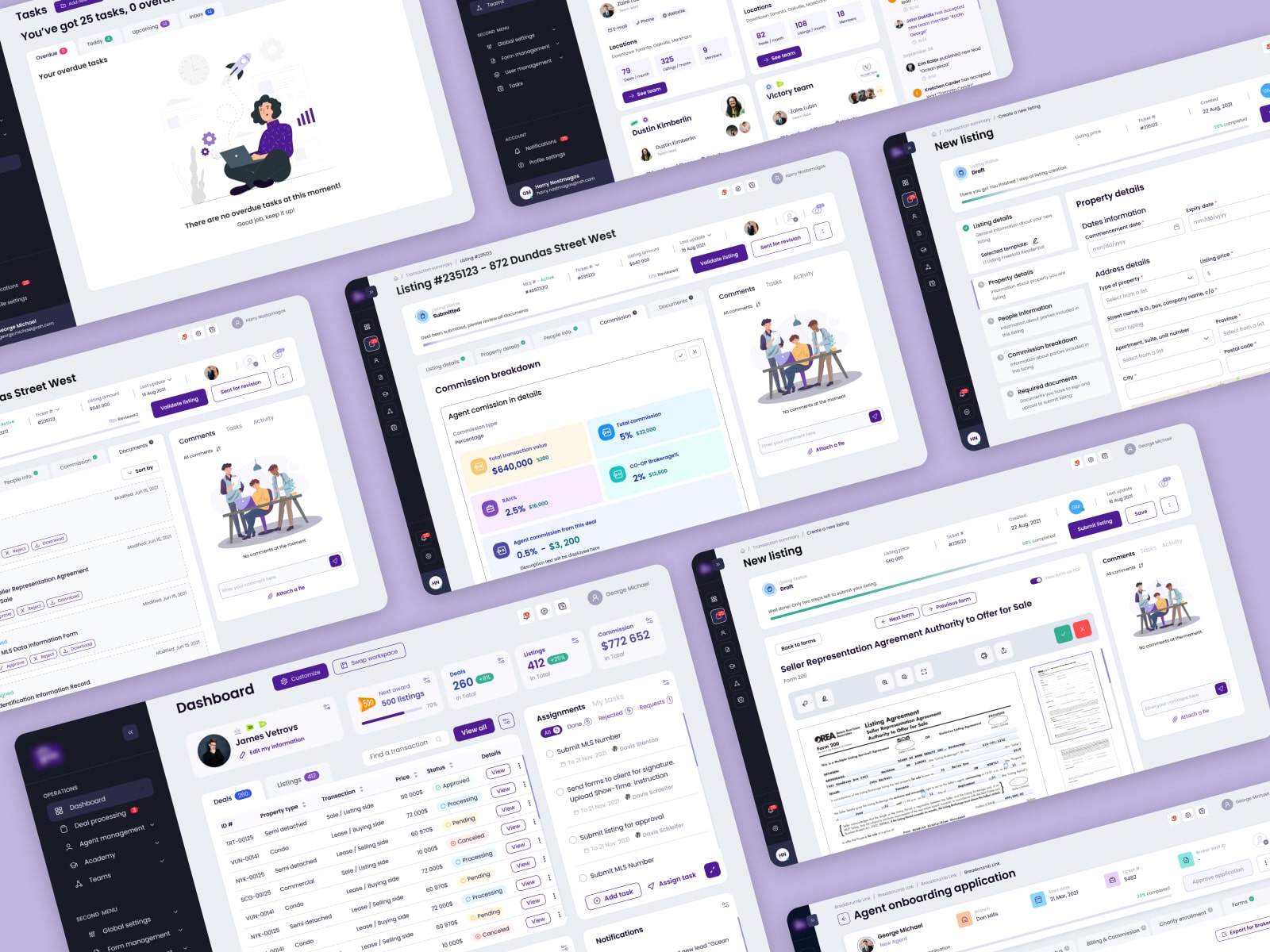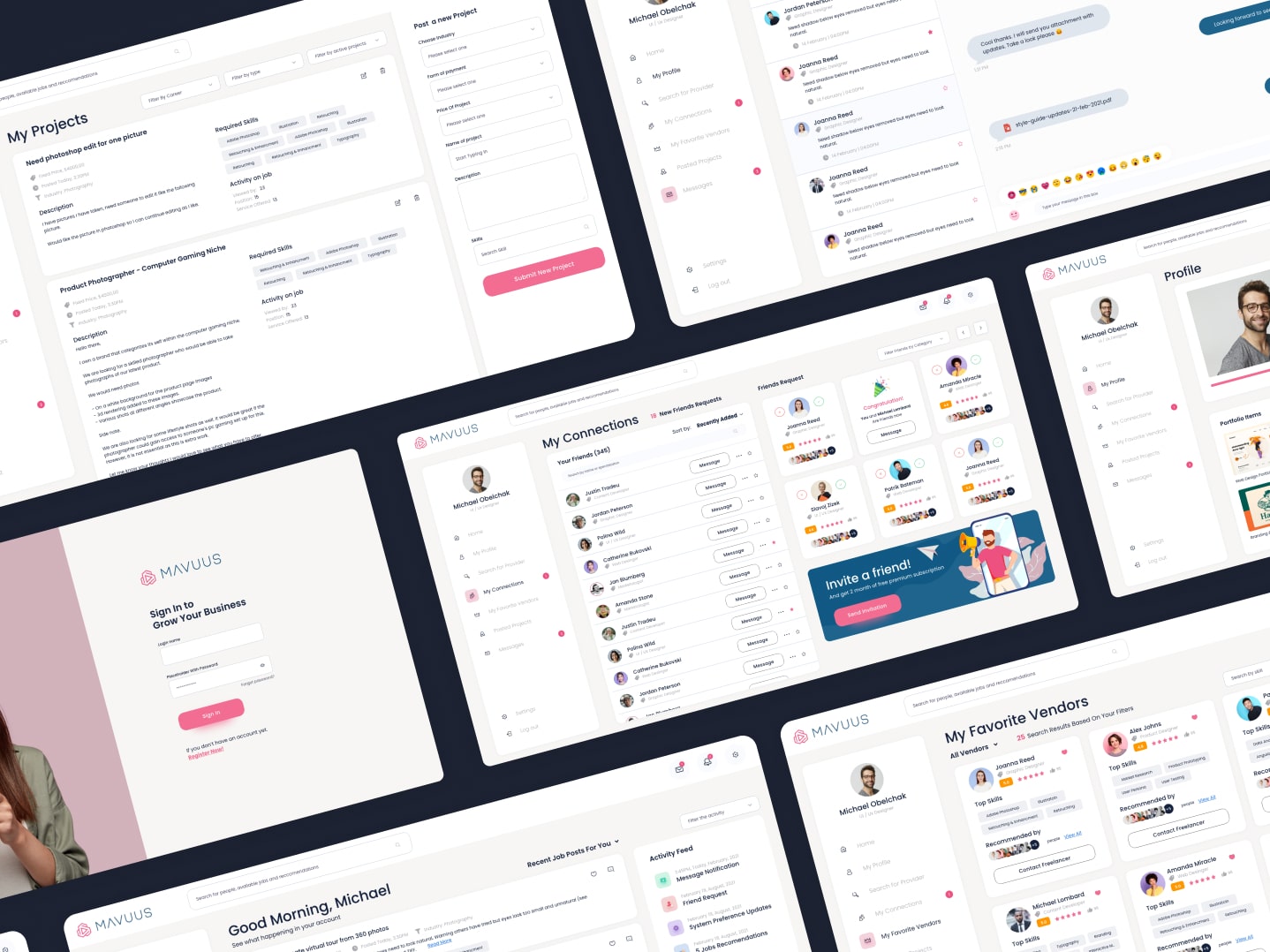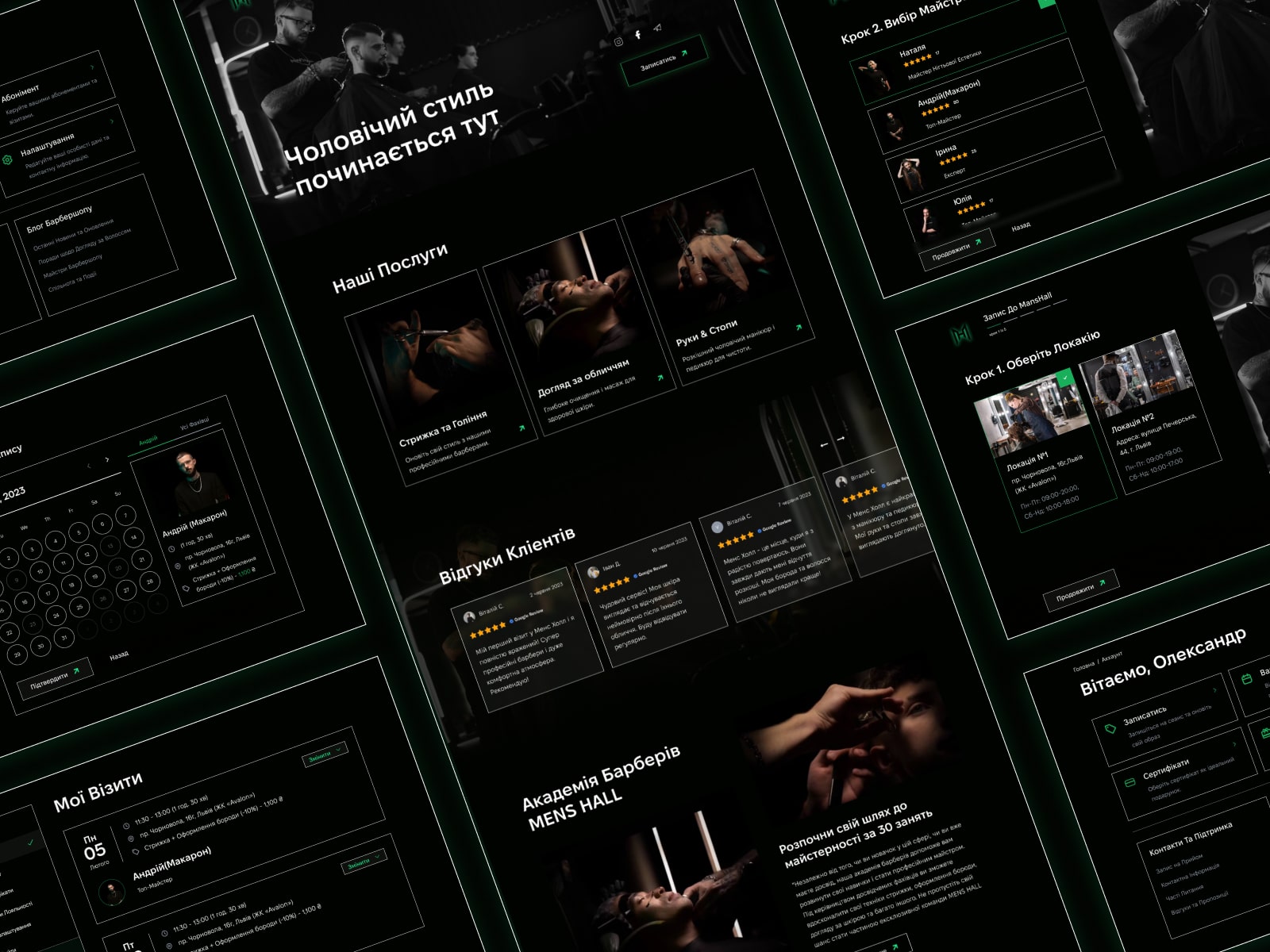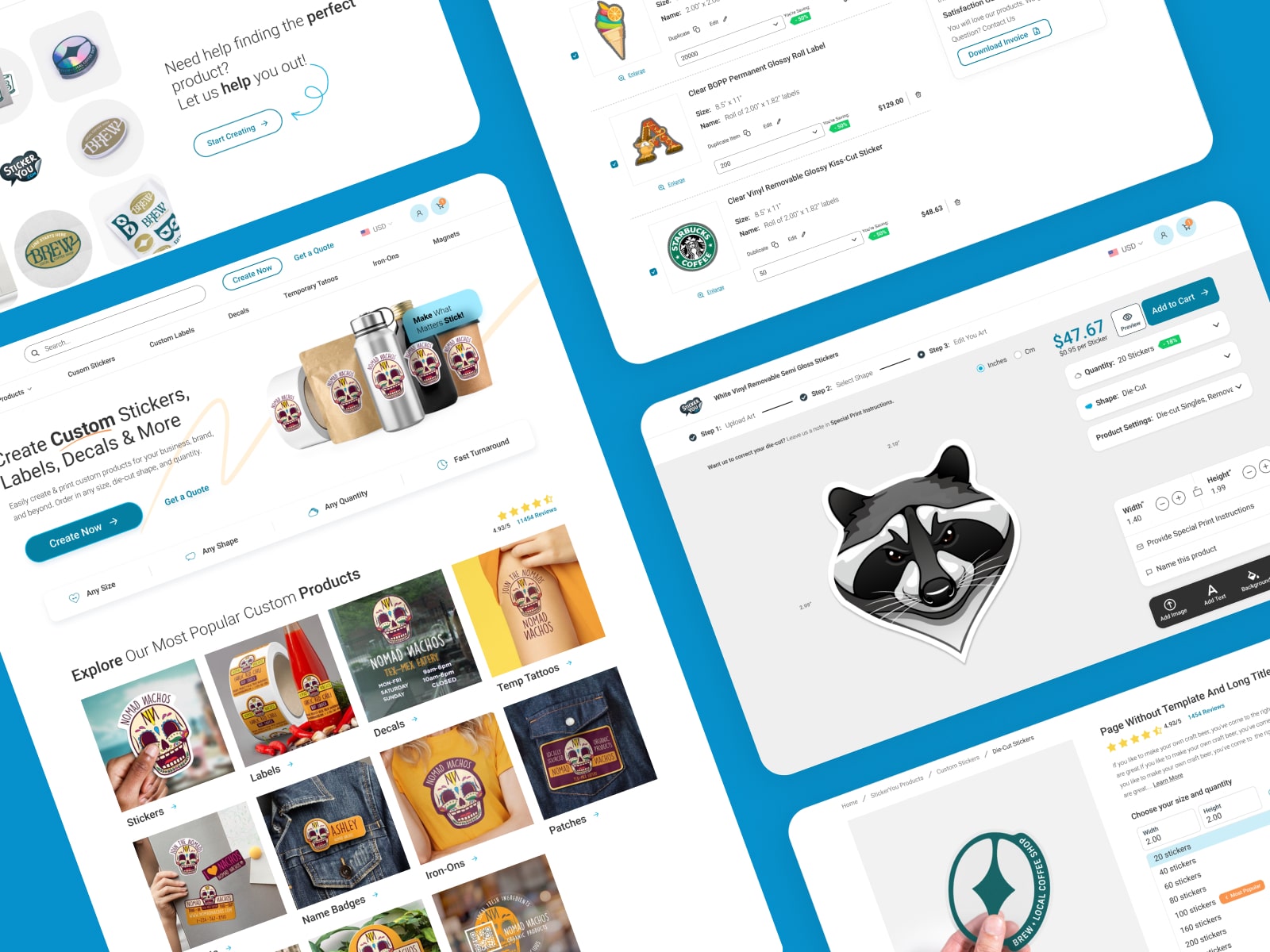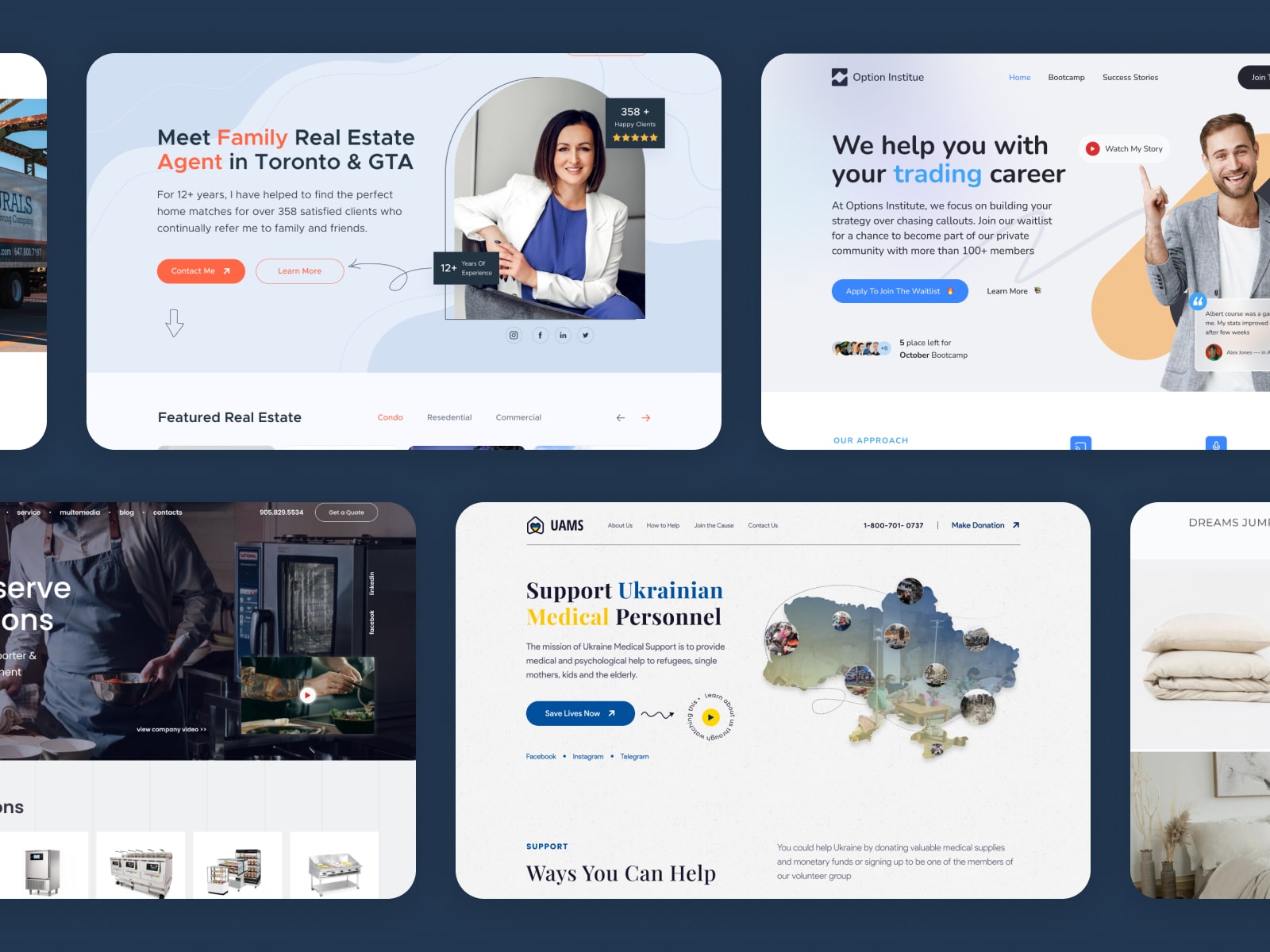(May - September,2020)
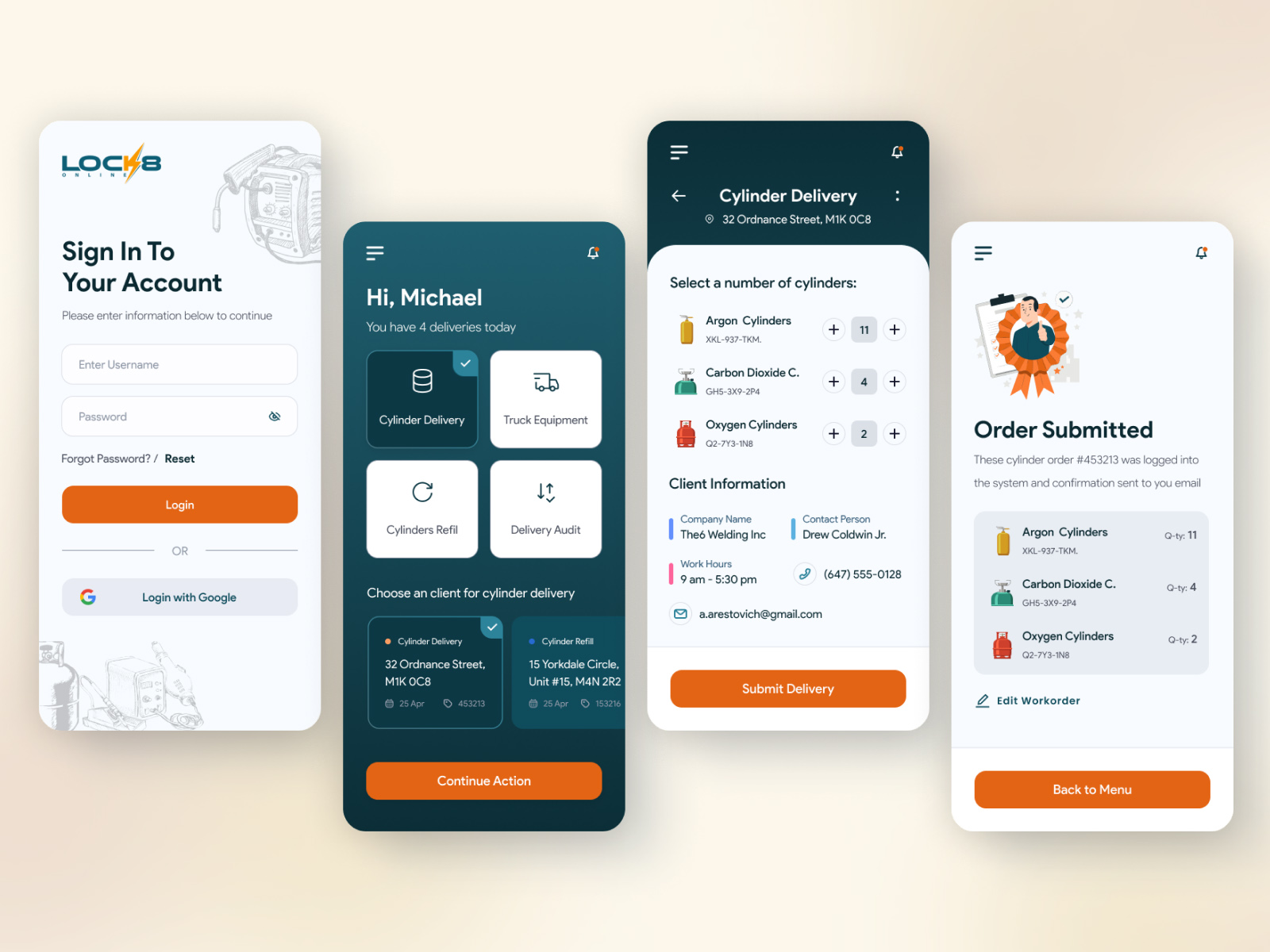
Product Overview
Lock8, a provider of premium welding equipment and gas cylinder rentals, required a solution to streamline their rental process and improve inventory tracking. The challenge was to develop a mobile application that integrates with their management software, and scanning tool, facilitating efficient handling of both long-term and short-term rentals, and offering features like recurring rentals.
Problem & Solution Statement
Problem:
Drivers faced a time-consuming process of manually updating the inventory system upon returning to the office. This led to human errors and inaccuracies in inventory tracking, resulting in potential stock issues.
Solution:
To address these challenges, an Android mobile application was proposed that would allow drivers to scan or manually enter item barcodes. This process would automatically update the inventory system, reducing workload and minimizing errors.
Design Process
Stakeholders & Employee Interviews:
Conducted multiple interviews with company owners and delivery personnel to gather insights, into their problems in daily operations, how we can help them and define the requirements for the app.
User Flow Development:
Together with the project manager outlined the steps users would take within the app for a smooth rental and delivery process. The main goal was to connect mobile devices with scanning devices that drivers used at that time
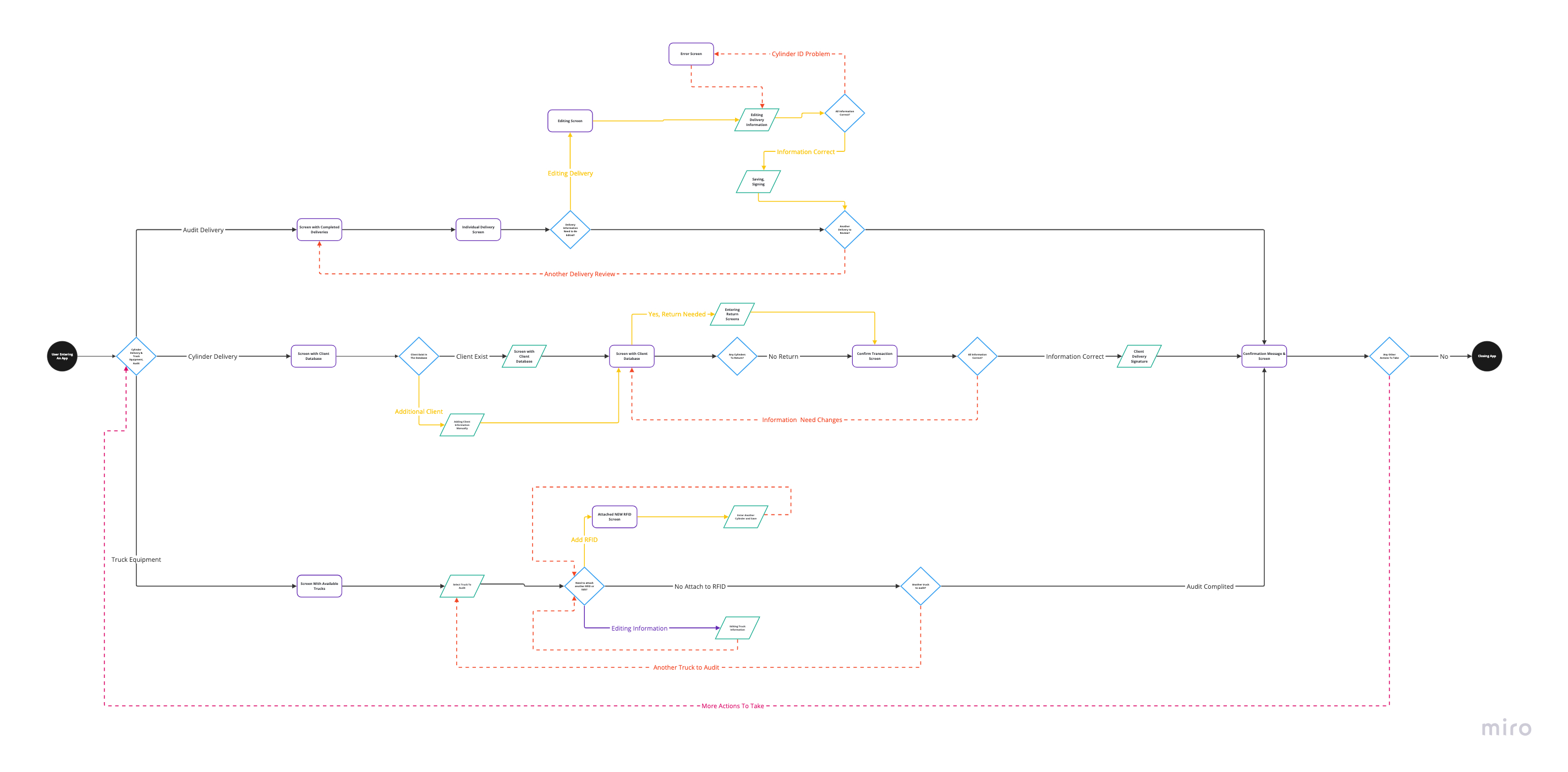
Low-Fidelity Wireframing:
Created initial wireframes to visualize the app’s structure and interface.
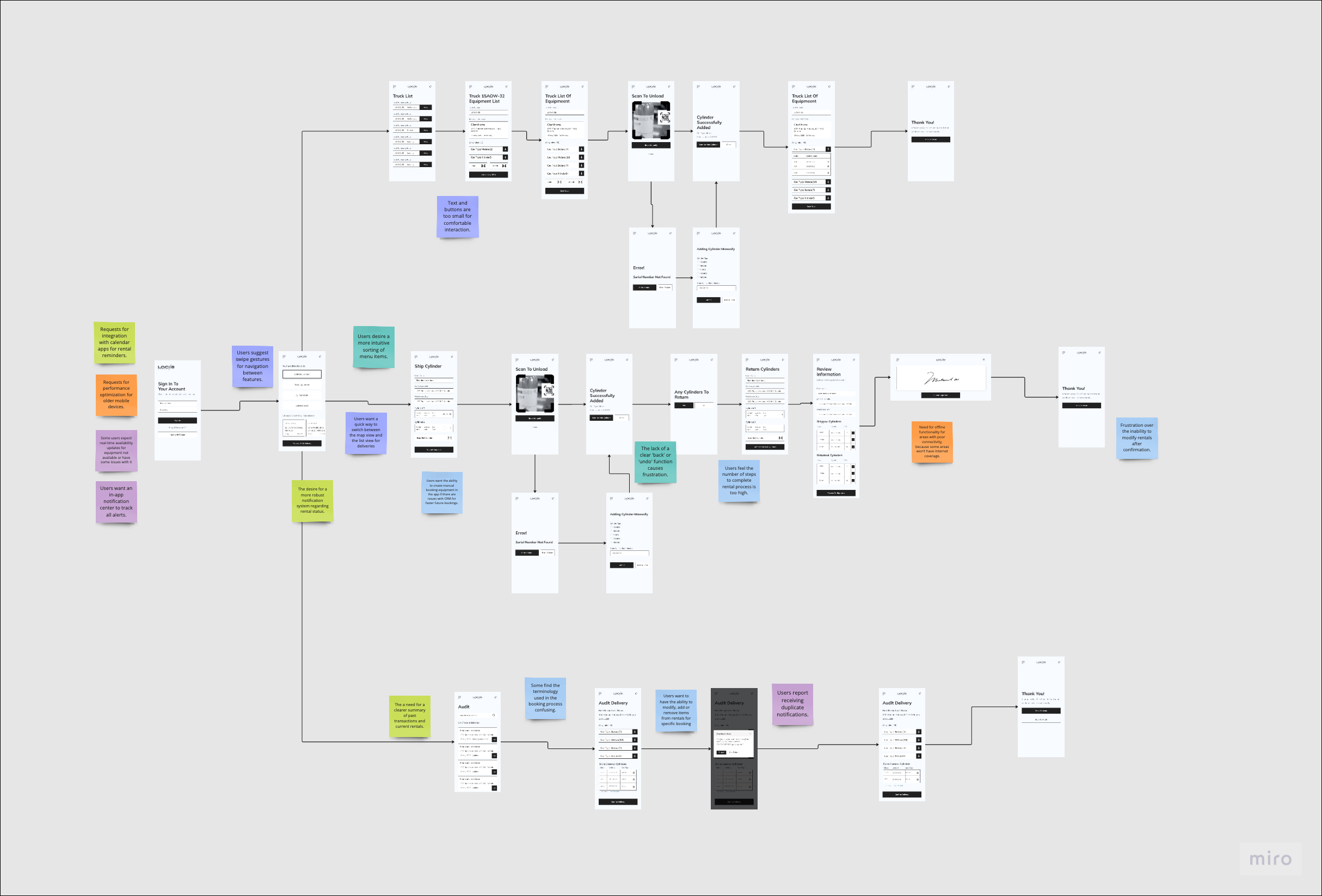
Usability Testing of Low-Fidelity Prototypes:
Tested the wireframes with 3 company drivers to identify usability issues. Feedback revealed navigation challenges, input errors, unclear system status, and lack of action feedback. Adjustments were made to improve the overall experience.
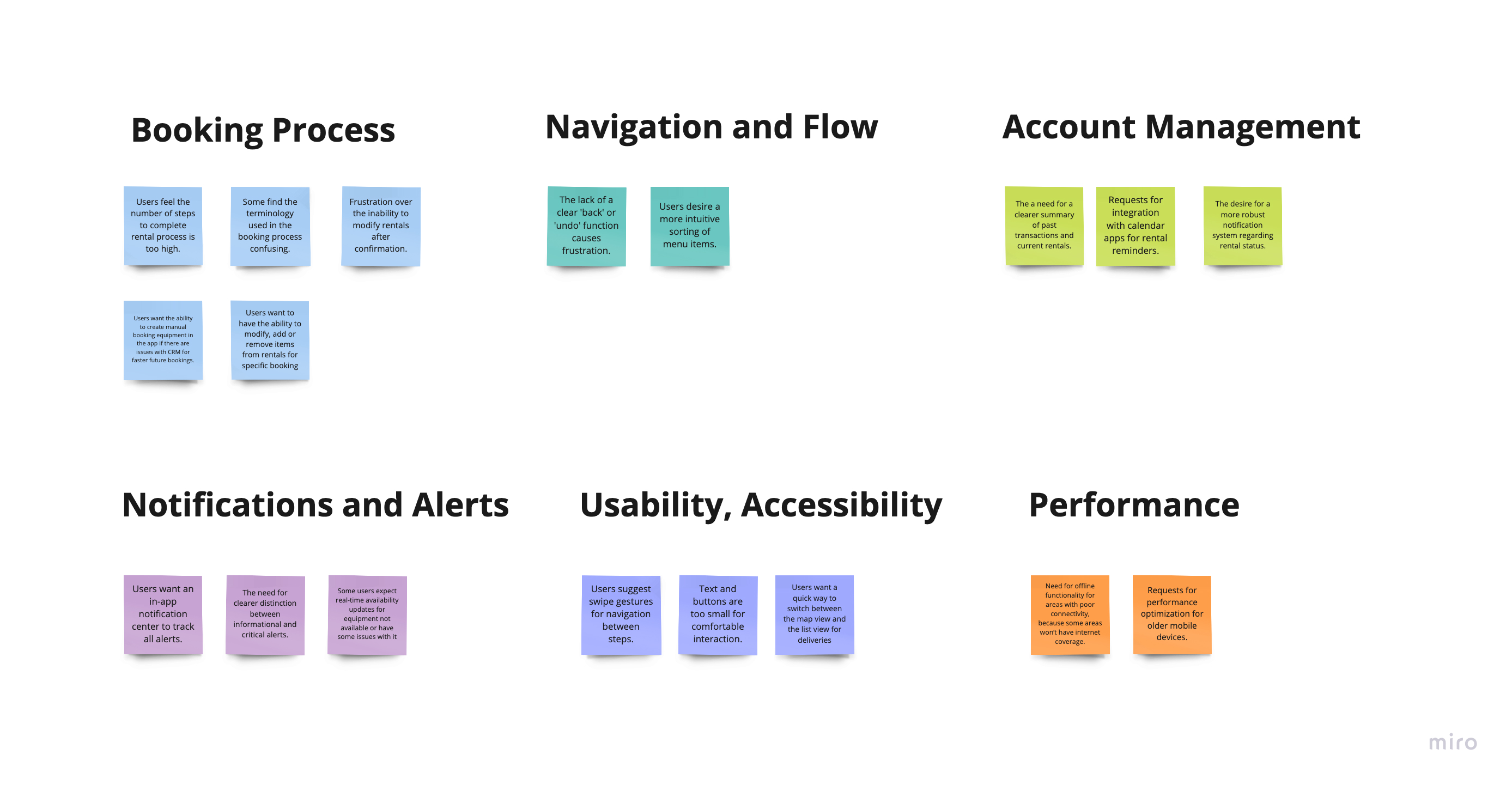
Unexpected Problem:
The scanning device we had to integrate our application with had compatibility issues and had to work the other way around, going back to re-doing flow and adjusting from doing it on the device to mobile devices instead of using camera features, which had actually simplified development.
Design System:
Developed style guide & component library to keep everything organized and improve communication with the dev team
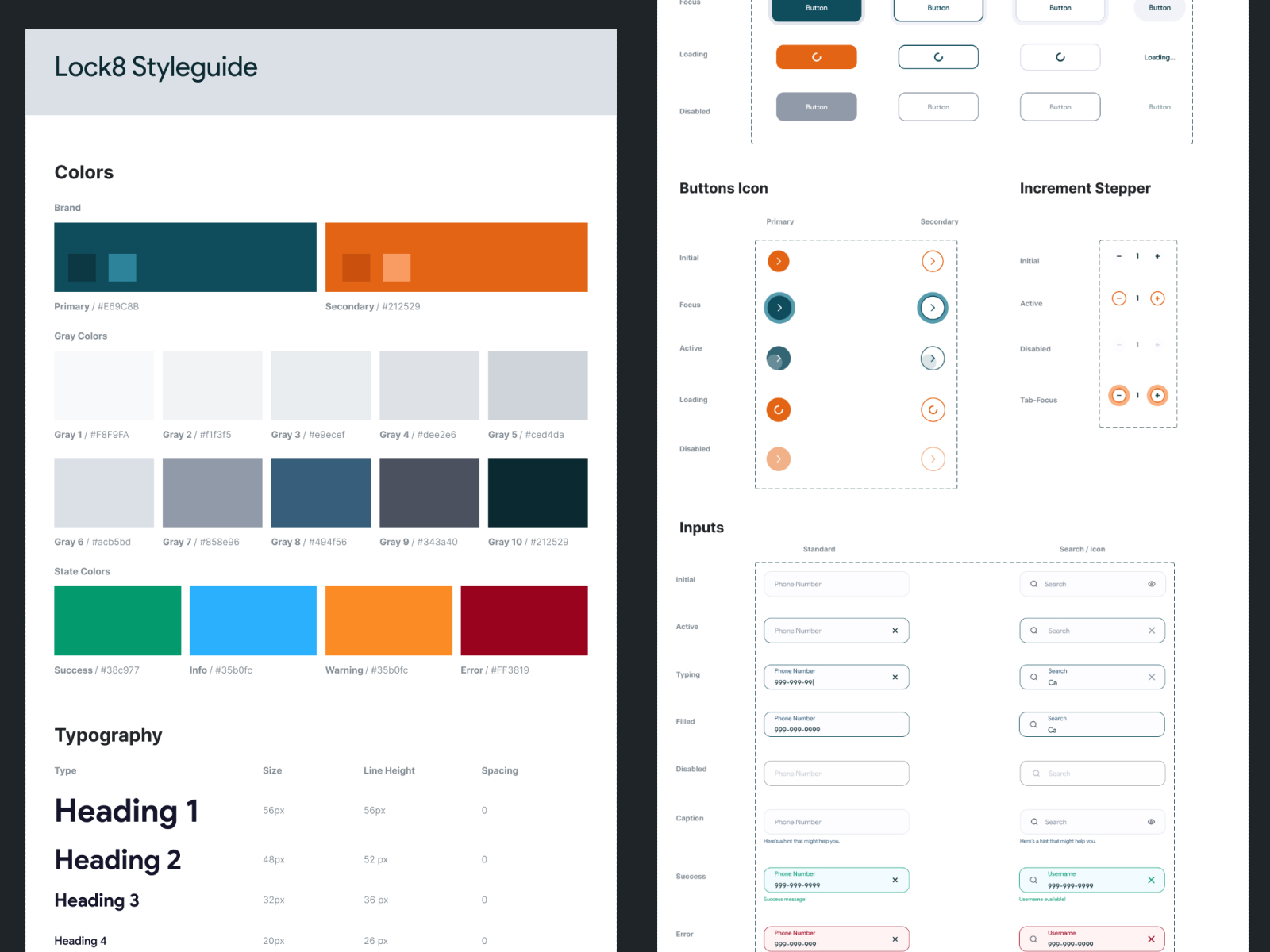
High-Fidelity Prototyping:
High-fidelity prototypes that closely matched the final design, incorporating feedback from new flow and usability tests.
Post-Implementation Testing:
Conducted further moderated usability testing using Figma prototypes with the same drivers to ensure the app met stakeholders’ & drivers’ expectations and worked smoothly.
Final Documentation & Hand-Off:
Prepared documentation and managing the hand-off to the dev team, assisting in the smooth implementation of the design into the Android mobile app and helping with testing.
Note* to see the final product request prototype. It was only available for Android users
Challenges & Conclusion
This project was a valuable learning experience, highlighting that things don't always go as planned, and flexibility is crucial. We had to adjust our approach and fortunately found a solution that worked even better, further improving efficiency and reducing the number of devices drivers needed to operate. Additionally, the project reinforced the importance of usability testing at various stages to fine-tune the design and meet both business and user needs effectively.
Learnings
The Lock 8 project taught me the importance of being flexible and open to taking a few steps back to make significant progress. Understanding both the client’s and users’ perspectives was key, as well as appreciating the value of iterative design. Breaking down complex projects into manageable phases was another critical takeaway from this experience.
